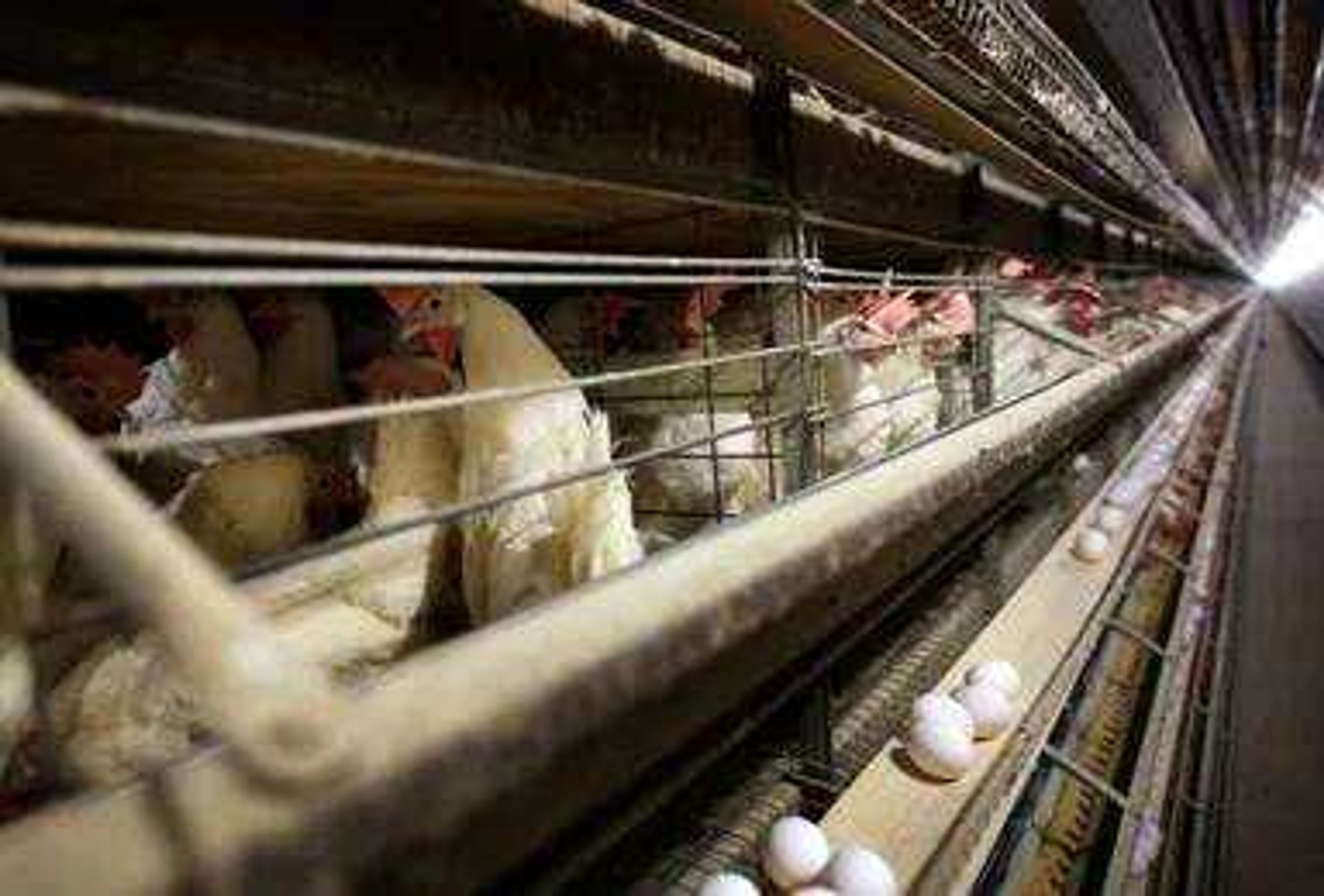Farmers must kill 4.2 million chickens after bird flu hits Iowa egg farm
DES MOINES, Iowa — More than 4 million chickens in Iowa will have to be killed after a case of the highly pathogenic bird flu was detected at a large egg farm, the state announced Tuesday. Crews are in the process of killing 4.2 million chickens after the disease was found at a farm in Sioux County, Iowa, making it the latest in a yearslong outbreak that now is affecting dairy cattle as well. ...
DES MOINES, Iowa — More than 4 million chickens in Iowa will have to be killed after a case of the highly pathogenic bird flu was detected at a large egg farm, the state announced Tuesday.
Crews are in the process of killing 4.2 million chickens after the disease was found at a farm in Sioux County, Iowa, making it the latest in a yearslong outbreak that now is affecting dairy cattle as well. Last week, the virus was confirmed at an egg farm west of Minneapolis, Minnesota, leading to the slaughter of nearly 1.4 million chickens.
Overall, 92.34 million birds have been killed since the outbreak began in 2022, according to the U.S. Department of Agriculture.
Although bird flu has become somewhat common among poultry, its spread to cattle has added to worries about the disease. In May, a second dairy farmworker was diagnosed with bird flu, and the virus was detected in both beef and milk. It has been confirmed on dairy cattle farms in nine states.
Health and agriculture officials have said the risk to the public remains low. The U.S. Department of Agriculture said the meat from a single sickened dairy cow was not allowed to enter the nation’s food supply and beef remains safe to eat.
Workers exposed to infected animals are at a higher risk. The only three human cases confirmed in the United States included two dairy workers and one man working to slaughter infected birds on a poultry farm.
Connect with the Southeast Missourian Newsroom:
For corrections to this story or other insights for the editor, click here. To submit a letter to the editor, click here. To learn about the Southeast Missourian’s AI Policy, click here.










